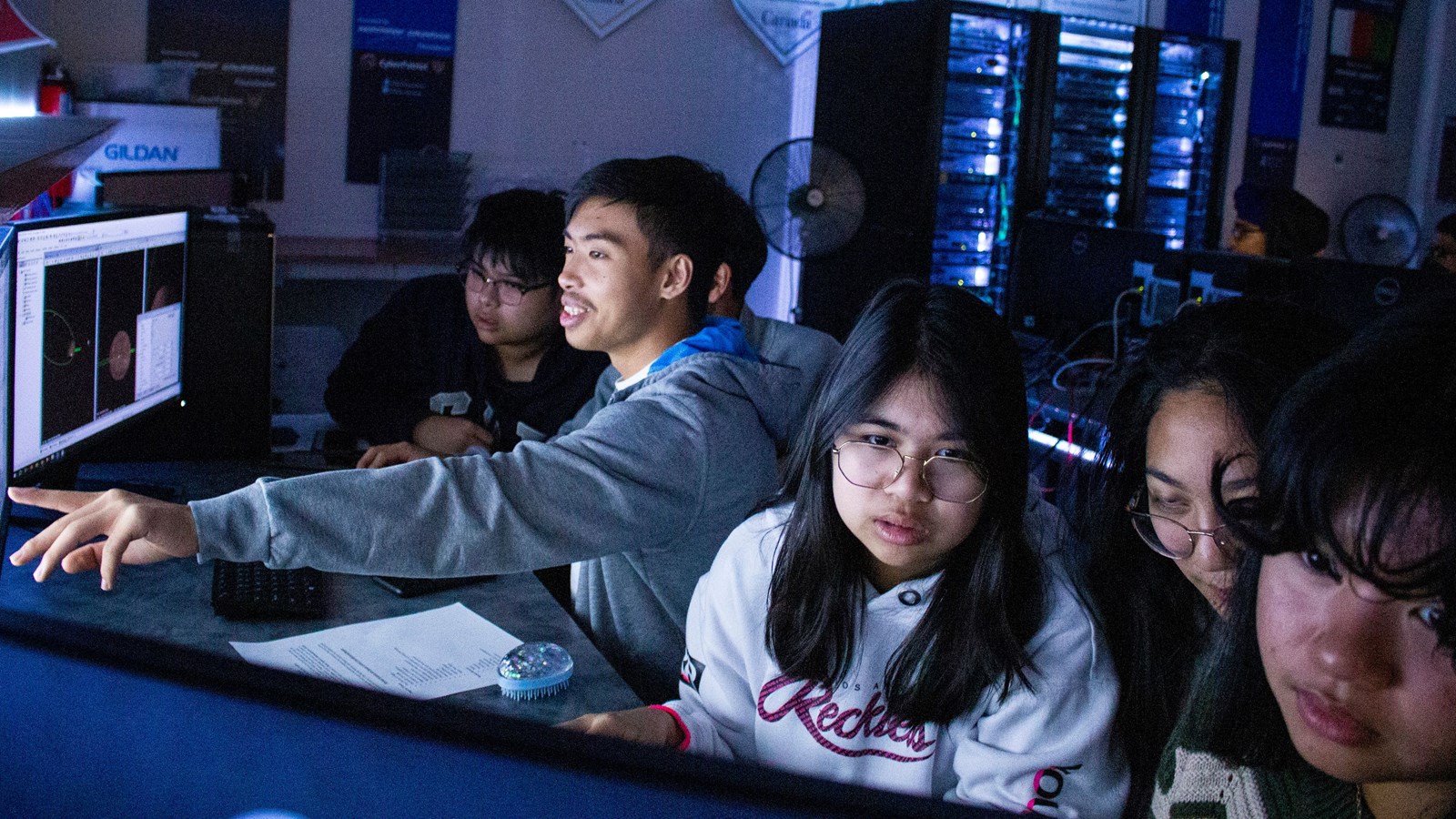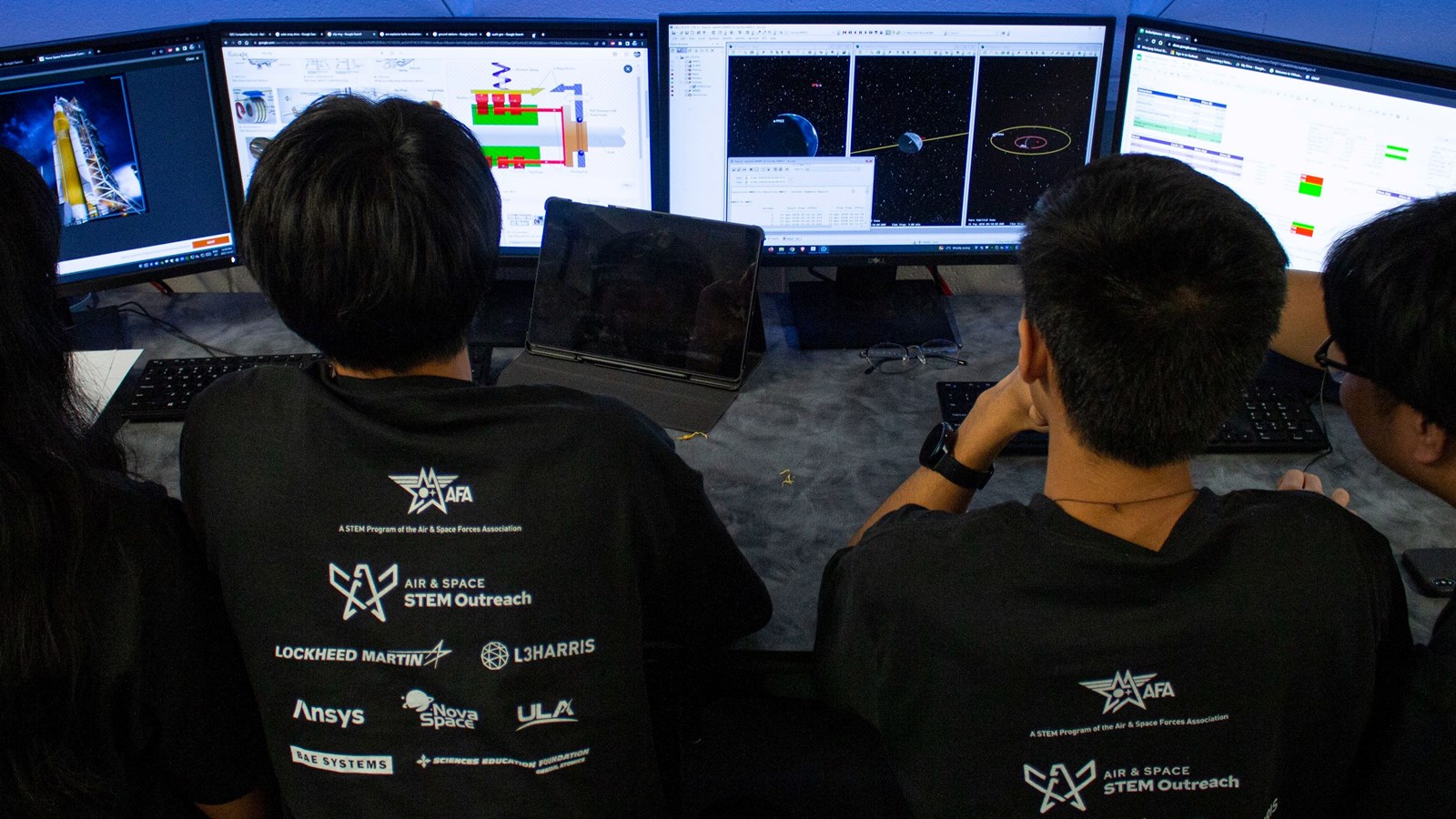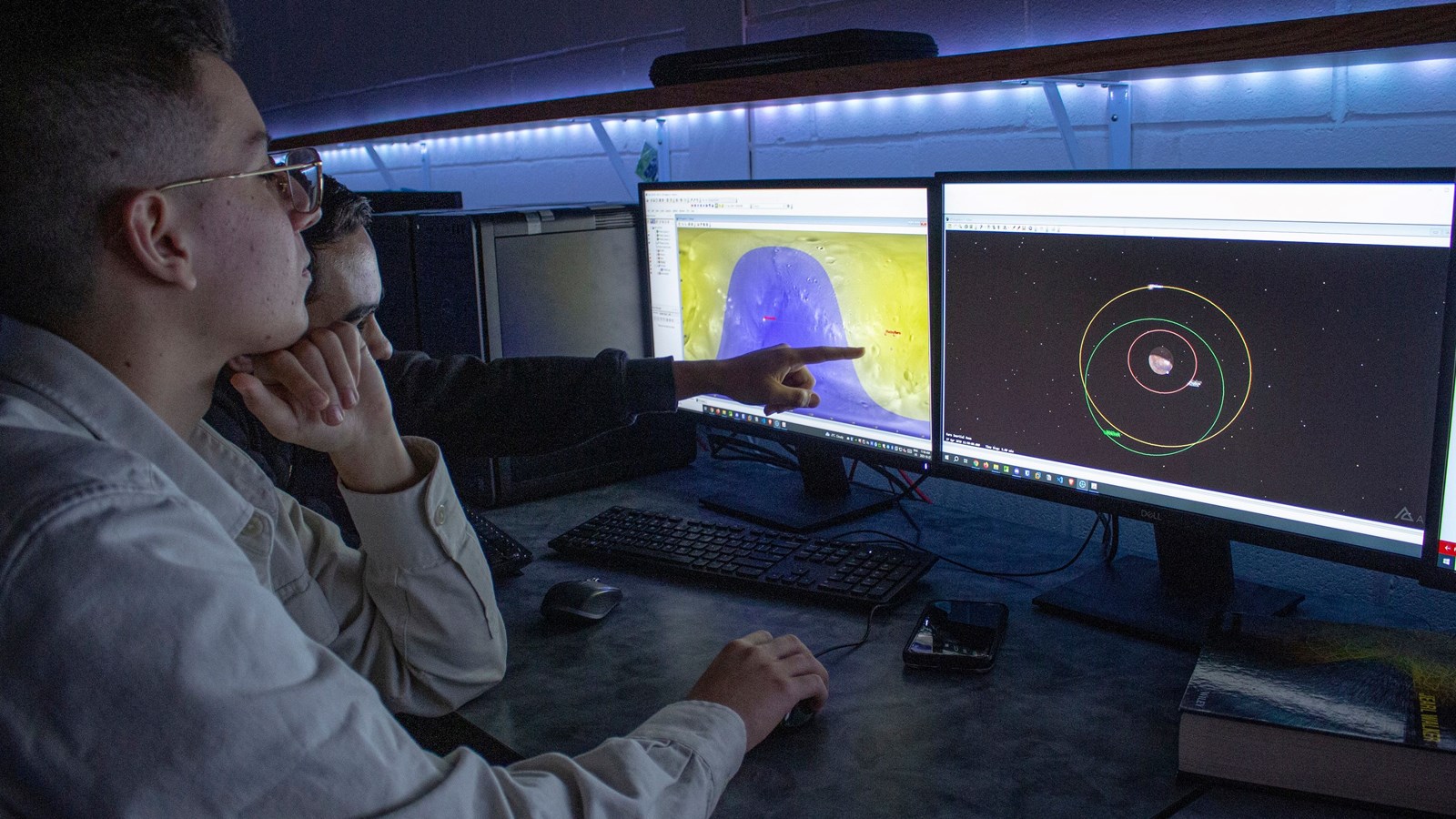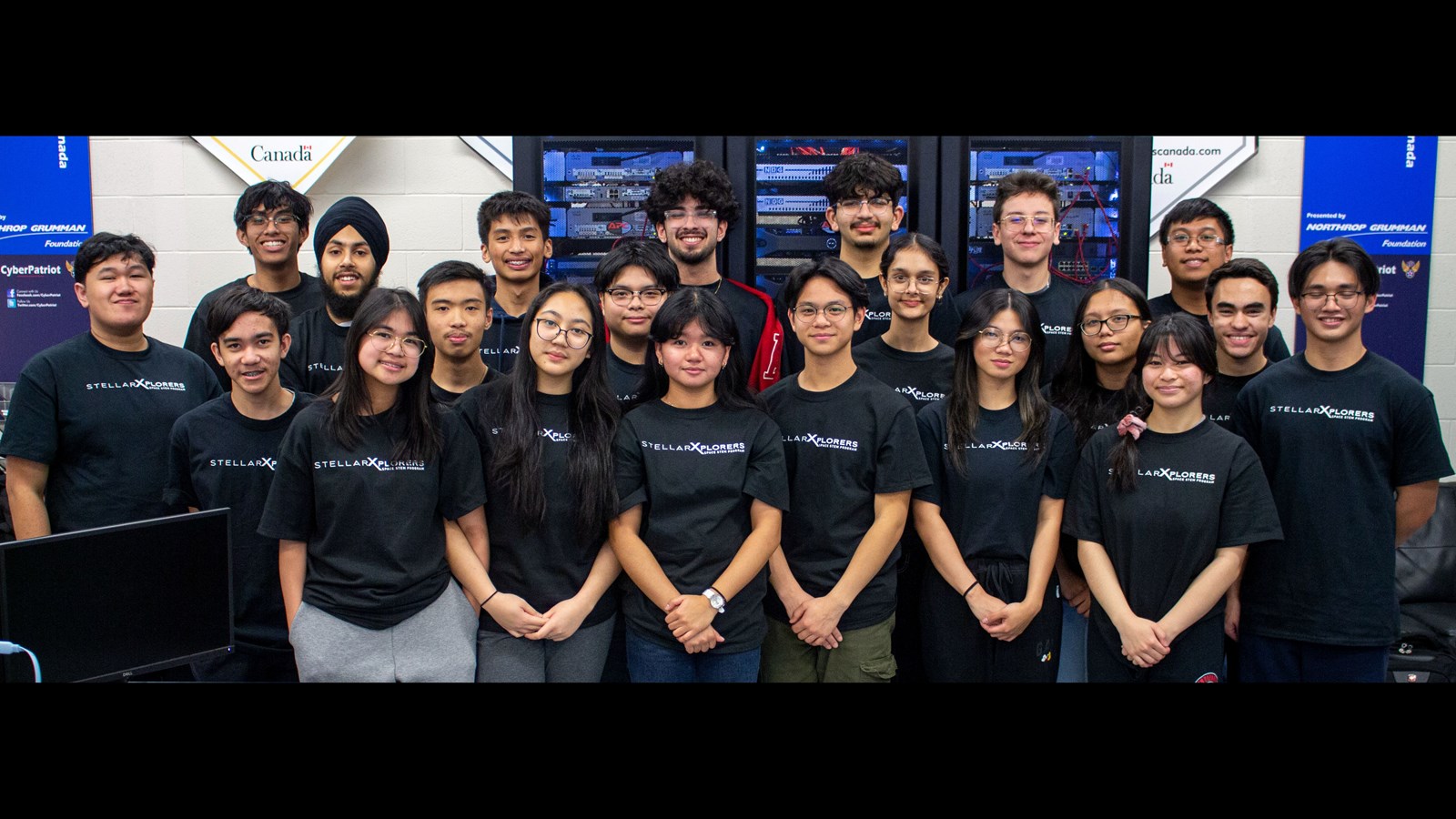Sisler students are ready to launch
February 7, 2024 News Story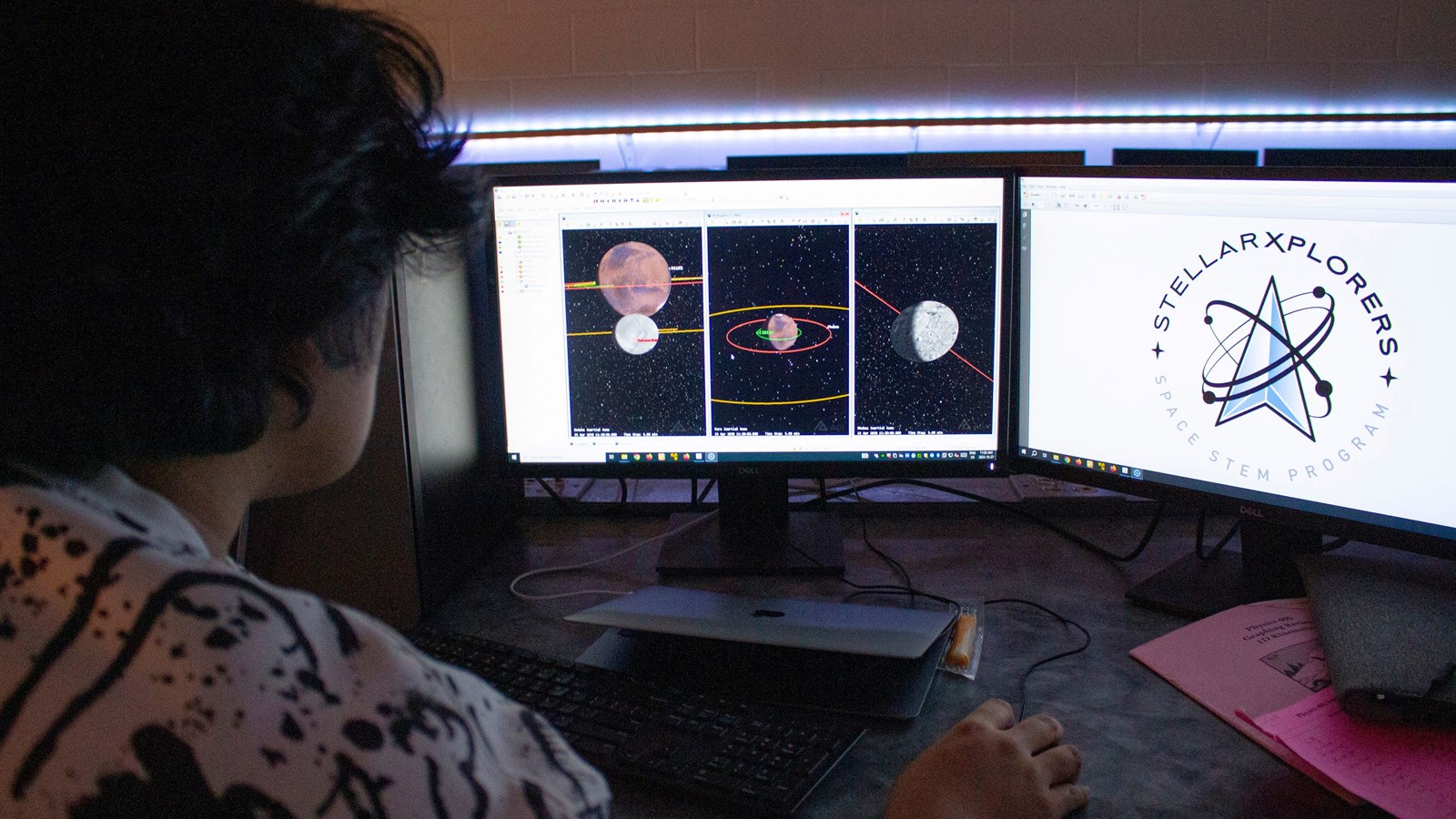
Two Sisler High School teams have qualified for the semifinals of the StellarXplorers National Space Design Competition.
Presented by the Air & Space Forces Association, StellarXplorers sees students solving real-world space design challenges, including orbit determination, choice of satellite components, and launch vehicle selection in a series of online rounds.
Sisler squads Artemis and Free Fallers finished in the top 30 percent of teams, qualifying for the final online round on Feb. 9. The top 10 teams earn an all-expenses paid trip to the national finals in the U.S. and a tour of space program facilities.
This is the first year that Sisler has participated in StellarXplorers, with two of its four teams advancing to the semifinals.
“We’ve combined students from cybersecurity with students from the school’s science departments,” said Robert Esposito, a teacher in the Sisler Cyber Academy.
“That interdisciplinary approach has been highly successful. The teams that have made it through have been a good combination of cyber students and science students. From the cyber side, it’s that understanding how to use the tools, like the digital mission engineering software. But then you have the science and math aspect of the competition, and that’s where the science students have excelled.”
Sisler’s StellarXplorers are also coached by Cyber Academy teacher Charles Bazilewich and science teachers Benita Truderung and Sarah Clifford.
Truderung said her students jumped at the opportunity to get involved with StellarXplorers.
“I’ve been teaching a lot of these students for a couple of years, so I knew they would be interested. Sure enough, as soon as I mentioned it, they all put their hands up,” Truderung said.
“I’m not actually that surprised by how well they’ve done, because they’re such a keen group of students.”
In addition to enthusiasm, the competition demands dedication and discipline.
“During the online rounds, they’re working for six hours straight,” Esposito said. “Nowadays there are reports of students not staying focused in class or not coming to school, but this competition is focusing students for six full hours.”
Myka Novilla, Grade 12, is a member of team Free Fallers. An advanced placement physics student, Novilla said she’s enjoyed how challenging the competition has been so far.
“During the first rounds, we actually didn’t use a lot of the physics that we learned in class,” Novilla said. “We had two computers open to search for everything that we didn’t know. We had to learn a lot from scratch on the spot.”
Jed Manaloto, a Grade 11 cybersecurity student, is a member of team Artemis. Manaloto said he’s enjoyed competing alongside science students and their complementary skillsets.
“In each scenario, many different things must go together to achieve one common goal,” Manaloto said. “You have to think of everything, because one small change can lead to a devastating catastrophe.”
Bazilewich said StellarXplorers is a “true cross-curricular program.”
“Our cyber students wouldn’t be able to do it alone and neither would our science students. There’s a symbiotic relationship between the two programs that allows us to be successful,” he said.

